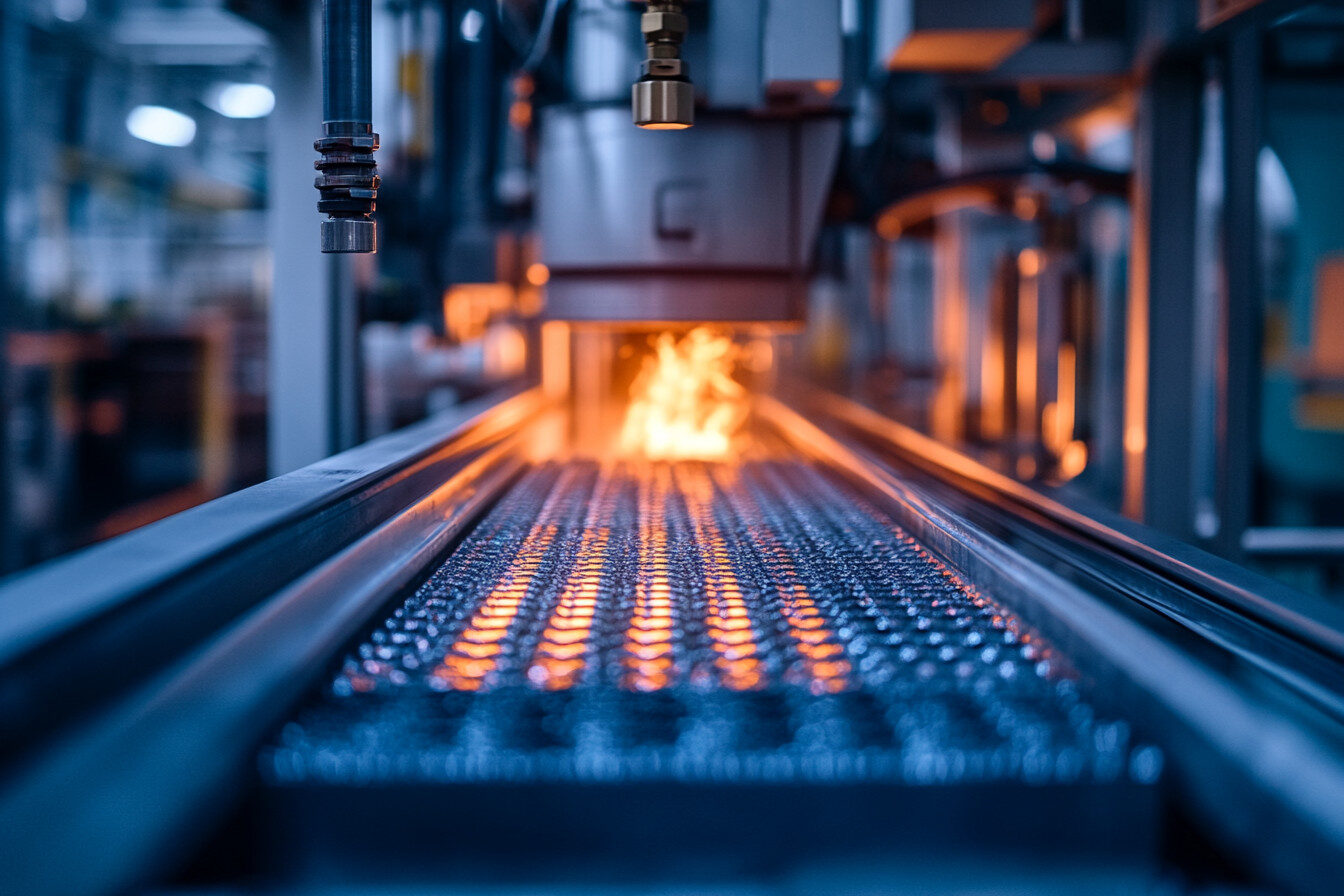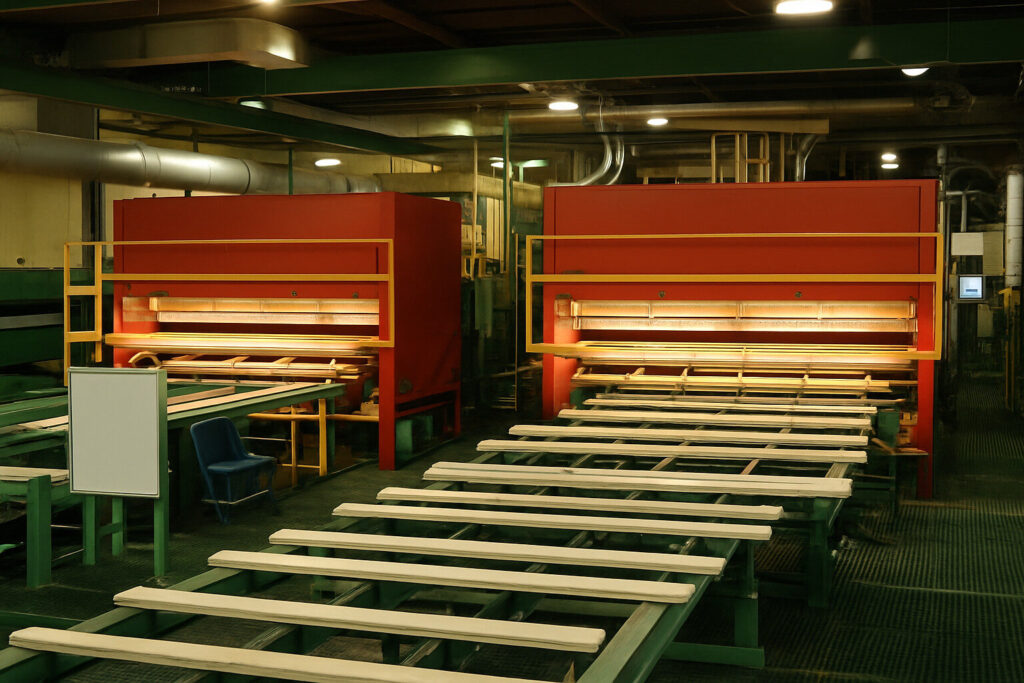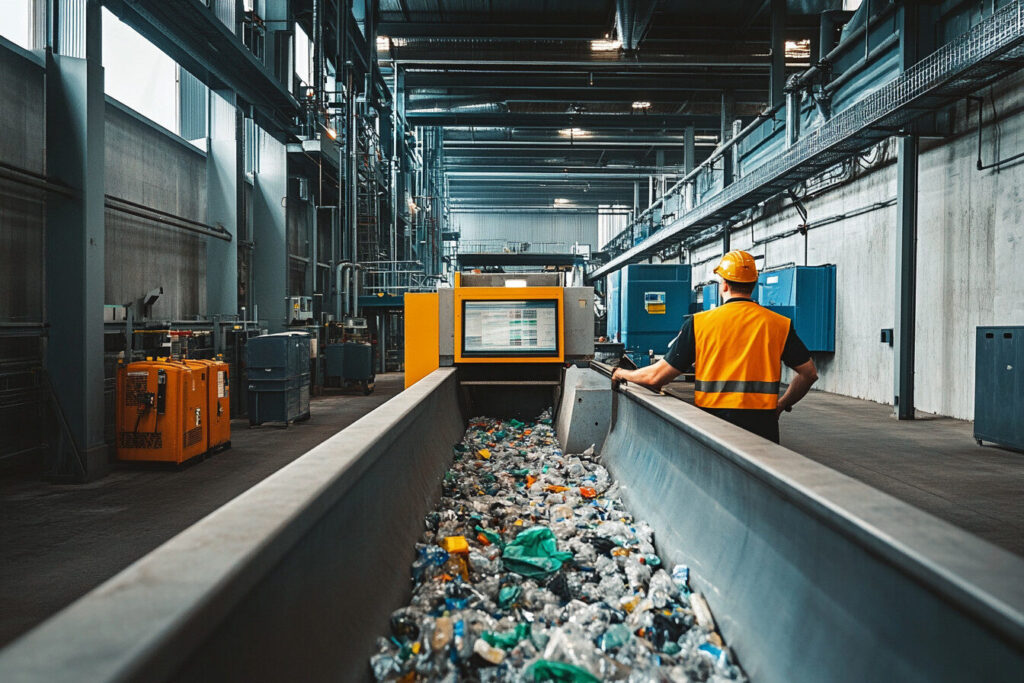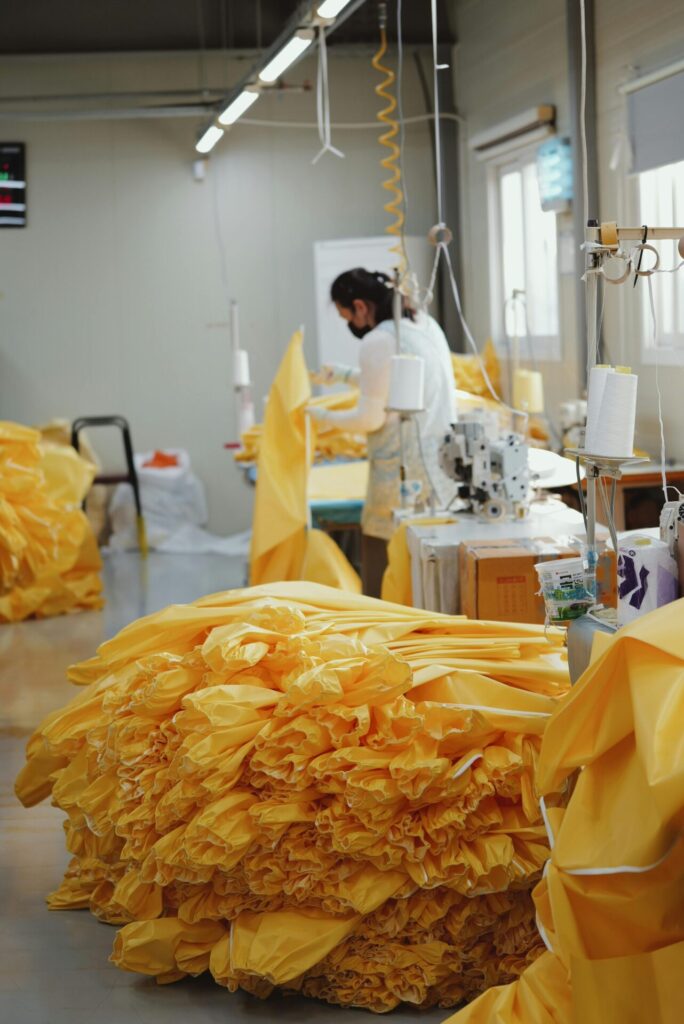Mitigating the Dangers of
Machines

Machine-Generated Fire Risks in Industrial Settings
Machinery is central to industrial production—but it also concentrates multiple fire risks in one place. Heat, friction, electrical faults, and material jams make machines a frequent origin point for industrial fires. Proactive, localized protection is essential.
Industrial machines bring together many ignition risks: friction from moving parts, high-voltage electrical systems, heat buildup, and combustible dust or product residue. A single malfunction—like a seized bearing, overheated motor, or misaligned component—can generate sparks or reach ignition temperatures internally. Fires often begin out of sight, inside enclosures, ducts, or housings, and spread before they’re detected.
Because machines are often automated and run continuously, early-stage detection and suppression must be built into the equipment. Flame, spark, and temperature sensors can identify anomalies in real time, while targeted suppression systems (such as water mist or gas) can stop fires before they damage equipment or halt production. Integrating these systems into each machine zone is a proven strategy for reducing risk and unplanned downtime.

Industries Most at Risk



Recycling
Shredders and compactors frequently experience jams, friction, and impact sparks.

Textile Manufacturing
Spinning and weaving machinery operates at high friction with flammable fibers and oils.
We solve complex fire protection challenges by working side by side with our customers to create lasting impact. Together, let’s safeguard what’s next.
FM Approved Fire Protection
All our fire prevention products are FM approved, meeting the highest safety standards. As the official North American distributor for Firefly, we provide cutting-edge protection, including the only FM-approved spark detection system for high-temperature particles.
Industries We Protect
Fire Safety Solutions for High-Risk Industries. We protect industries where fire risks are high, ensuring operational safety and business continuity.